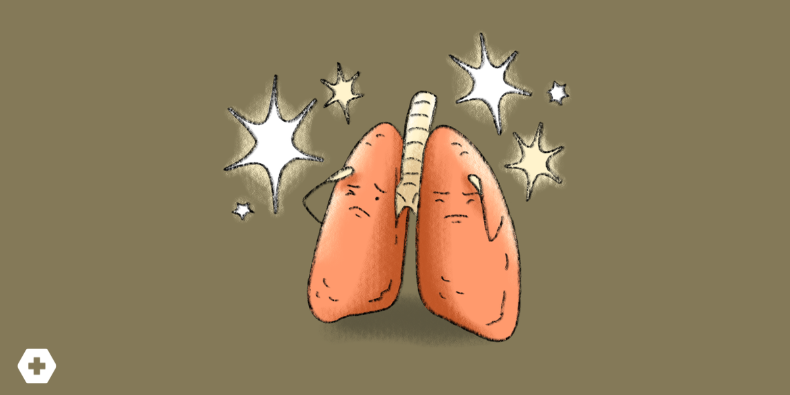
X-Rays and Pneumonia: The Great Follow-Up Debate

Ah, pneumonia – the not-so-welcome guest that always seems to overstay its welcome. But what happens when pneumonia lingers? Do we whip out the trusty X-ray machine for a follow-up, or do we cross our fingers and hope for the best? Today, we're diving into the mysterious waters of follow-up imaging after pneumonia.
The Purpose of Repeat Imaging:
First, let's get our bearings straight. Why do we even consider follow-up imaging after treating someone for pneumonia? Well, it's not because we have a secret pact with our friendly neighborhood radiologist (although that would be cool). The real purpose is to make sure we're not missing something else – like cancer – that was there all along, hiding in the shadows.
The Guidelines: A Wild West of Recommendations:
Now, here's where things get a bit wild. The guidelines on when to get repeat X-rays after pneumonia are like a treasure hunt with no map. They depend on symptom persistence and the overall risk of developing cancer. Some recommend repeat imaging for everyone 8 weeks after the episode of pneumonia. Others only recommend imaging if the patient didn't improve as expected after 5-7 days.
Resolution of Pneumonia on X-ray:
So, what can we expect when we do decide to peek inside our patients' lungs again? Well, it turns out that the rate of resolution varies. One study showed that only 60% of X-rays after community-acquired pneumonia showed resolution at the 6 week mark, but that number jumped to 84% at 12 weeks. The slower road to recovery is often taken by older patients, those with multi-lobe involvement, smokers, and those who were hospitalized.
The Surprise Factor: Finding Something Unexpected:
Now, let's address the elephant in the room – how often do we actually find something significant in these follow-up images? A 2014 study revealed that 1.5% of patients were diagnosed with malignancy on repeat imaging, and 3.6% were diagnosed with something else significant (ex. Sarcoidosis, tuberculosis, lung abscess). The group that was found to have a malignancy tended to be older, with a mean age of 68.4, and were also more likely to have a history of malignancy or be current smokers.
The Guideline Conundrum Continues:
The guidelines don’t come to a consensus on the length of time to follow up. The American College of Chest Physicians recommends 8 weeks, the IDSA and the American Thoracic Society say we should repeat imaging only for patients who don’t improve in the expected 5-7 days, and the British Thoracic Society suggests 6 weeks for certain high-risk individuals. It's enough to make your head spin!
The Bottom Line:
Where does that leave us? We need to consider the individual's risk when thinking about who needs repeat imaging. If someone recovered within 5-7 days and doesn't meet the USPSTF screening guidelines for lung cancer, you can probably skip the follow-up X-ray – unless there were other concerning initial features. On the flip side, for those who meet both the resolution and lung cancer screening criteria, a screening CT after 8 weeks might be in order.
FAQ: Your Burning Questions Answered
Q1: Can pneumonia really mask other lung diseases?
A1: Yes, it can! Pneumonia can be a tricky chameleon, sometimes hiding underlying lung conditions or even malignancies. That's why follow-up imaging should be considered.
Q2: Are there any risks associated with follow-up X-rays?
A2: While X-rays are generally safe, they do expose patients to a small amount of radiation. The benefits of early detection often outweigh this minimal risk.
Q3: What if my patient doesn't fit neatly into any guideline recommendations?
A3: Use your clinical judgment and consider the patient's unique circumstances. Consultation with a specialist can also be helpful in complex cases.
Conclusion:
In the end, the decision to follow up with imaging after treating pneumonia is complex, but by considering the patient's symptoms, risk factors, and the ever-evolving guidelines, we can make informed choices that ensure we're not missing any unexpected surprises hiding in the shadows of a lung X-ray. So, here's to navigating the follow-up maze with confidence!
Practice-Changing Education
Experience education that goes beyond theory. Explore Hippo Education’s offerings below.



